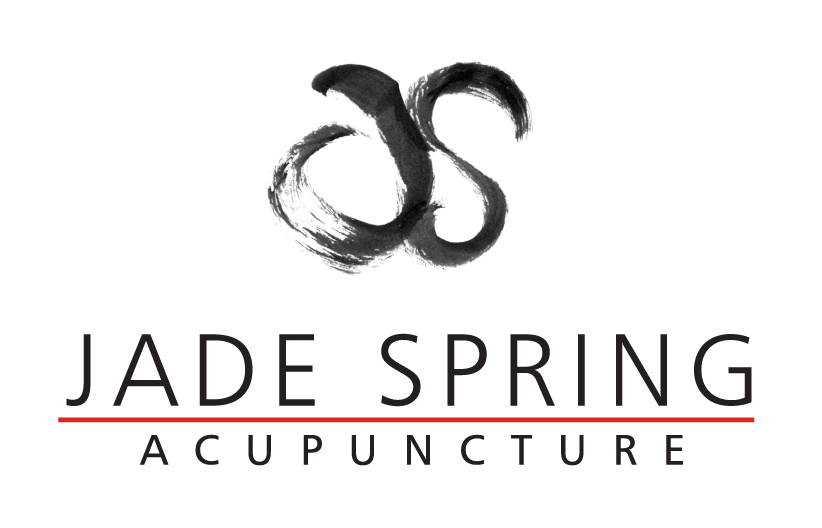Acupuncture for Bone Spurs
I was recently asked about the effectiveness of acupuncture in treating bone spurs, so I thought I’d write up a brief discussion on this topic.
Yes, acupuncture and Chinese herbal medicine can treat bone spurs, though often the process can be a long one. From a TCM perspective, bone spurs are a result of a stagnation of Blood and ‘Phlegm’ in a joint that is injured by overuse. The location of the spur will provide information about which channel is affected and which acupuncture points will be used.
Further to treating the area of the spur, an acupuncturist will also consider any constitutional or underlying imbalances in the body that may be contributing to the stagnation of Blood and Phlegm. Stagnation can accumulate in areas weakened either by overuse or injury. As for the concept of “Phlegm”, I turn to Giovanni Maciocia who explains that:
“Phelgm is a very important and common internal pathogenic factor… The main cause for the formation of Phlegm is Spleen deficiency. If the Spleen fails to transform and transport body fluids, these will accumulate and change into Phlegm. The Lungs and Kidneys are also involved in the formation of Phlegm. If the Lungs fail to diffuse and make fluids descend and if the Kidneys fail to transform and excrete fluids, these may accumulated into Phlegm.” (The Foundations of Chinese Medicine, p.387)
Besides acupuncture several other approaches are used when treating bone spurs:
If herbal formulas are used, the treatment strategy would be focused on reducing pain, and moving and breaking up the stagnation of Blood and Phlegm.
Very often moxibustion is used. This technique involves burning the herb Chinese mugwort near the surface of the skin over the spur to increase local circulation.
External herbal patches may be applied to reduce pain and break up stagnation.
Diet recommendations will include reducing the intake of acidic foods in favor of a more alkaline diet to reduce the formation of uric acid deposits.
Resting the affected joint is an essential part of the healing process. Since bone spurs are usually the result of repetitive stress to a joint, reducing the level of activity in the joint will give the tissue time to heal.



